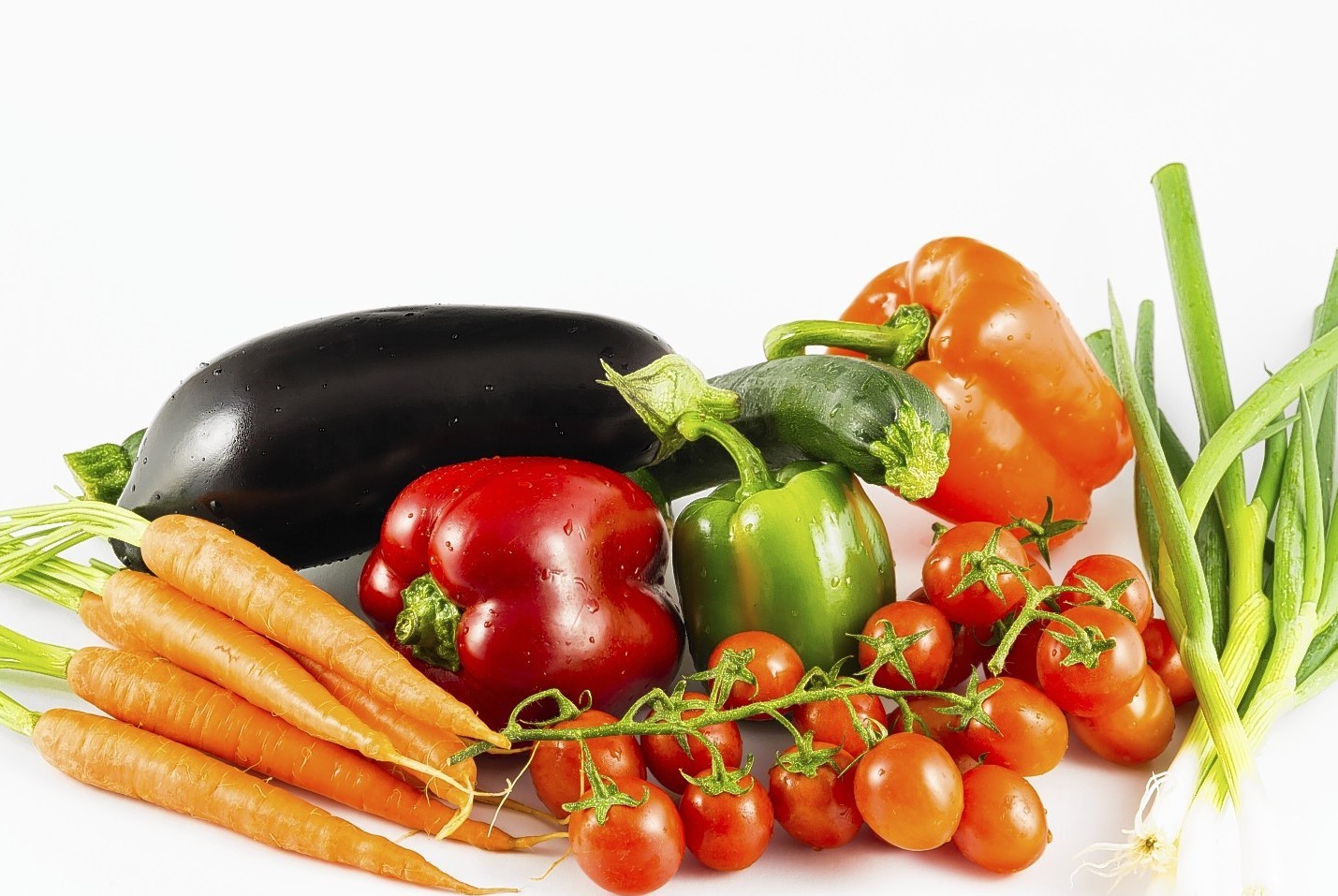Discover the benefits of growing your own fruit and vegetables
Research published recently suggested that your five-a-day should actually be more like seven, or even 10-a-day.
The UK population averages three portions a day, meaning a huge number of people are missing out on the maximum benefits that fruit and vegetables can bring to your diet and health.
Over a third of Brits already grow their own fruit and veg to get essential nutrients and minerals into an everyday diet.
Steve Guy, head of horticulture at Dobbies, offers his tips to help encourage more Brits to get involved:
What should you grow?
The most important thing is to grow what you like to eat. Select a range of your most-loved vegetables in a rainbow of colours and choose high yielding varieties to give lots of crops. Salad leaves are one of the easiest and cheapest crops to grow so are a great vegetable for beginners. Other cost-effective veg to grow at home include radish, rocket, runner beans, courgettes, carrots and beetroot.
The benefits of growing your own
Planting certain crops, such as baby leaves will be ready to pick within 15-20 days of sowing so there’s little effort involved for a quick return.
Remember that sowing from seed can save more money than planting young veg. A packet of salad seeds costs much the same as a bag of salad leaves but can provide a season’s worth of fresh, delicious leaves with minimal waste.
It’s more environmentally-friendly – you’re reducing food miles by picking crops from your own back garden.
Getting the basics right
If plants are being arranged in containers, place lower growing plants around the edges to make sure they get the sun. Once they have been planted up, the pots can be moved to a sunny spot near the kitchen door or an outdoor kitchen area so they are close to hand for pot-to-plate picking.
Choose a sunny, sheltered spot for growing and spend a little time there every day watering and looking after the plants and keeping an eye out for slugs and caterpillars.
Think about the long term; buying a raspberry plant won’t produce yield in its first year but it will grow bigger every year and so will its crop.
Make it a family activity – get the kids into the garden and let them watch the growing process from start to finish – they will love it.
